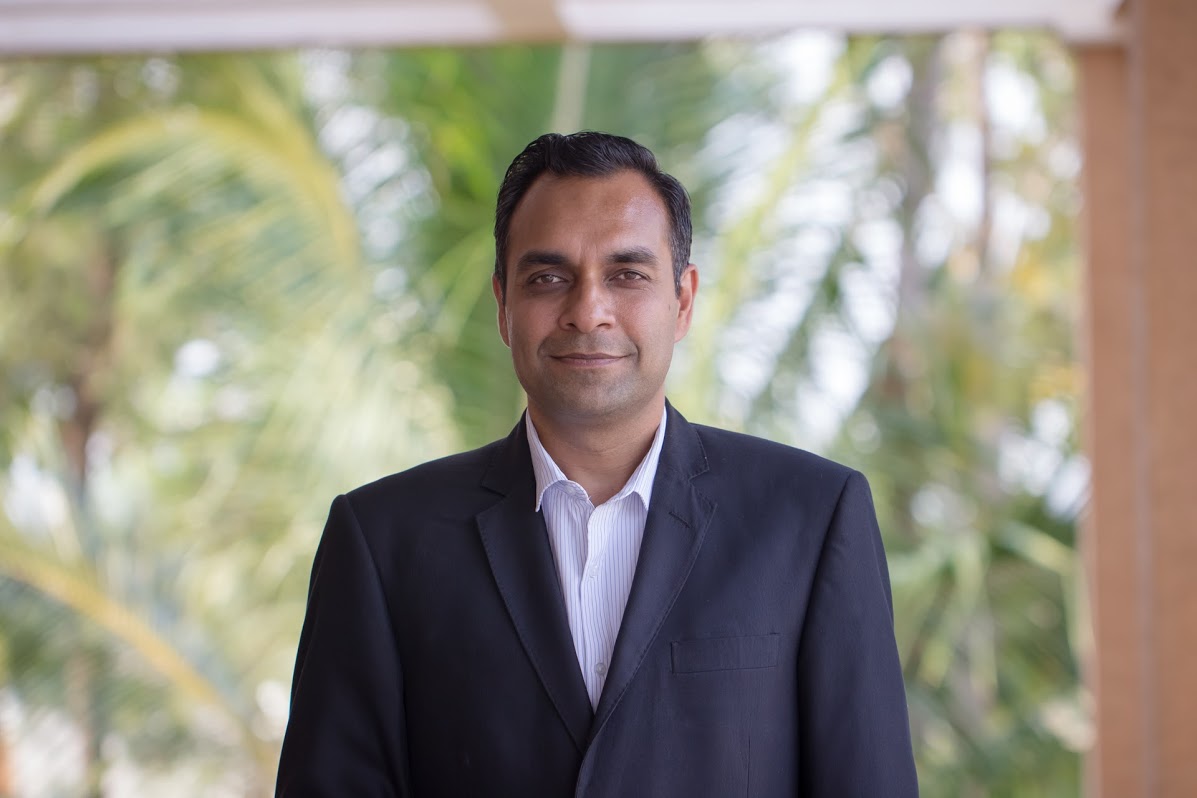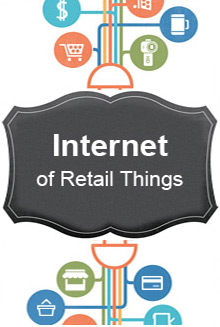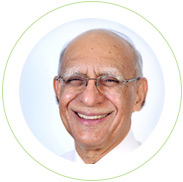Solutions are quickly becoming the way of life rather than individual products. Customers are looking out for solutions and companies are getting into creating one.
The tough part about solutions is that they are vertical specific and are very rarely horizontals. When we are looking at the IoT applications, solutions and the corresponding verticals, we are taking about solutions which can bring ROI in industrial automation, building automation, home automation, fleet/telematics/logistics, healthcare etc. Each solution is distinct from another yet they have common things.
The first common thing which people latched onto was the IoT platform. When we are saying IoT platform, we are taking about a deployment in the cloud (public or private), which connects to millions of end devices/sensors and aggregates data in a big data platform. It allows handling of rules, events and notifications.
Let’s take an example of a device manufacturer. Now this device manufacturer sells a product which somebody else will consume to create a solution. The company starts seeing that their end customers are demanding solutions rather than the standalone product. They want to get the devices connected and create a solution. They have till now not invested in building internal expertise to create such a solution. They need to have an IoT platform. So what are the choices?
Choice #1: Partner with a company which is offering IoT platforms as a subscription service. The good part about this choice is that the cost of doing a prototype is very less and they can quickly test waters to see the response on their solution. It works very well when the number of devices is in low volumes. The challenge starts as the volume of devices in the field increases. The subscription fees to be paid starts hurting at some point in time.
Choice#2: Create your own IOT platform. This is what most of the bigger organizations are resorting to, if they have the required skills to do it. Or they are partnering with companies like Happiest Minds to get it built. The problem is bigger for the smaller players who have been selling products in various domains and now want to have the connected solution. The amount of investments required is high. So they resort to choice#1 but would want to own a platform sooner or later.
Choice#3: This choice comes out of the issues faced by small and medium size product companies that would find it difficult to have choice#1 and choice#2 in the long run. Happiest Minds offers all the key components of the IOT platforms pre-built to give a jump start. The customization and uniqueness are added to the platform in terms of analytics, device protocols and business application as a part of the engineering services to build the solution faster than building everything grounds up. Happiest Minds also offers assistance in deployment and managed services for the solution. This becomes attractive to many product companies planning to make a mark in the IoT market.
It is a business decision that a company needs to make on which choice to go after in its journey from a product to an IoT application or solution. The decision is driven by quick testing of the market and long- term aspiration to be a sustainable player. Companies like Happiest Minds definitely play a part in making that decision easier.
If there is a difference of opinion or additional thoughts, I would be glad to hear from the readers.

Manu Tayal is a General Manager spearheading the IoT/M2M solutions and service offerings. He comes with a rich experience of 16 years in the IT industry. Within M2M/IoT his focus is on servicing product companies build the right solutions, right from devices to cloud to mobile enabled applications. His role involves technology direction, business development and capability building.
Manu holds a Bachelor’s degree from IIT Roorkee in Electronics and Communications. You can reach him at [email protected].





